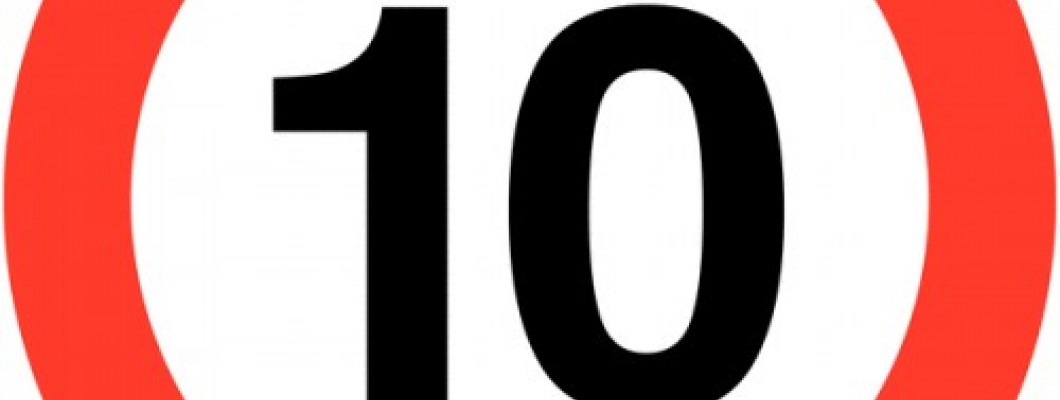
Signs and their usage
We are all used to seeing signs in daily life, they often provide directions, details of restrictions, warnings or other information. Signs differ in size, shape and reflectivity, so it is important to make sure that the correct style of signage is used for different situations. When considering the road network it is essential that the signing provided is necessary, clear and not ambiguous. This helps to prevent accidents and give drivers warnings or guidance at the appropriate time.
In order to make sure that highway signs are always visible some have to have lights in order to constantly illuminate the surface in low light conditions and some only have reflectivity that uses an external light source, such as car headlamps, to illuminate the surface so that the driver can see the sign clearly. It is vital that these signs provide a very high level of reflectivity so that they can be clearly seen and understood by drivers, especially in low light / dark situations. Class 1 and Class 2 signs are classified by their degree of reflectivity and care should be taken to ensure that the most appropriate type of signage is used for any given situation.
Class 1 reflective signs
On inspection, these signs are easily identified by their honeycomb pattern across the surface. They are designed to reflect light from wide angles, giving a higher grade of reflectivity and are considered the premium grade for reflective signs. As such, they are used in situations where high visibility is needed at all times. For example, traffic signs situated on a public road should be Class 1 to comply with legislation. There are many different examples of Class 1 reflective signs including Speed Limit Signs, Stop Signs and Warning Signs.
Follow the link to see our full range of Class 1 reflective signs.
Class 2 reflective signs
These signs are commonly used in off-road situations that require good visibility. They are still reflective but offer less effective reflectivity than Class 1 signs. They can often be found in car parks or work premises. They are also printable for decals and general signage.

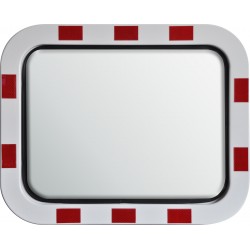
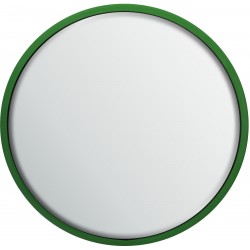
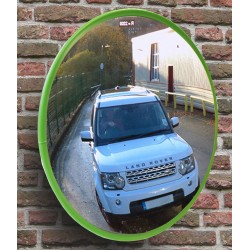
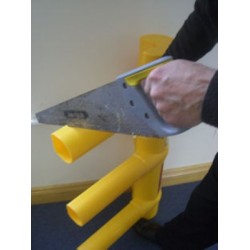
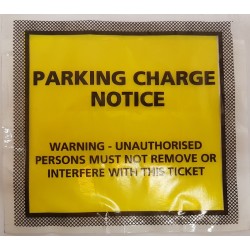
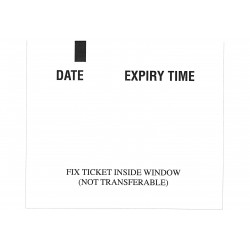


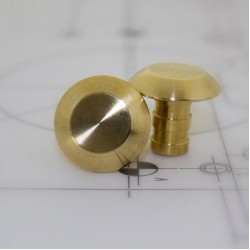
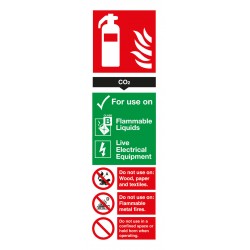
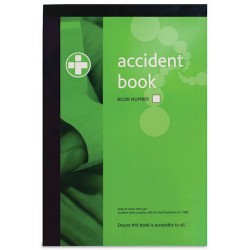
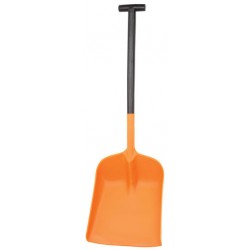
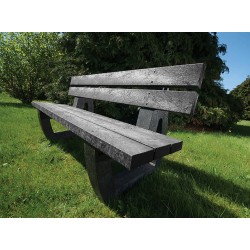
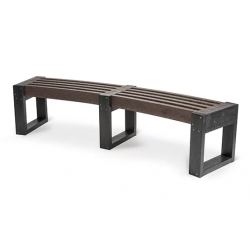
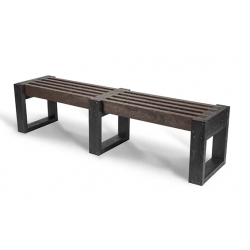
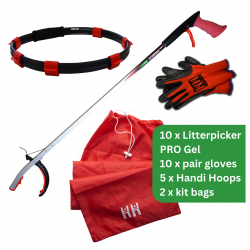
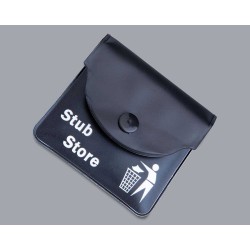
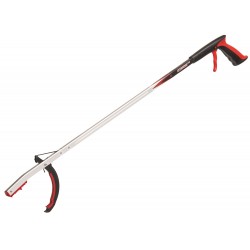
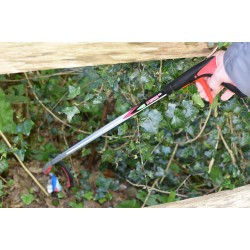
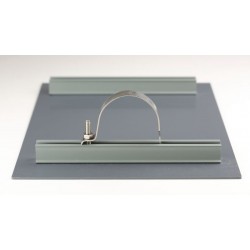
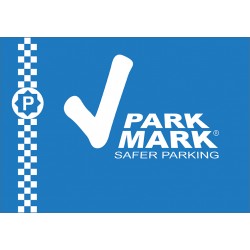
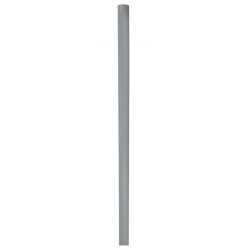
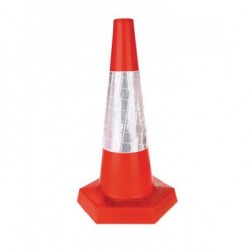
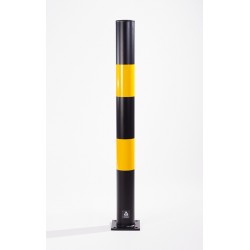
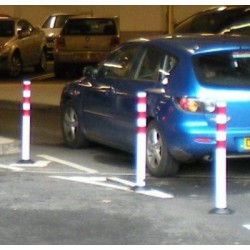
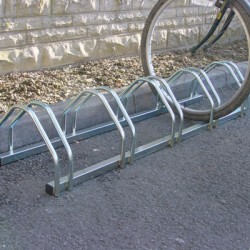
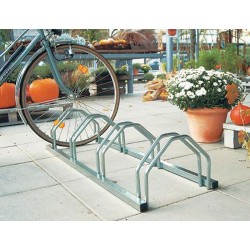
Leave a Comment